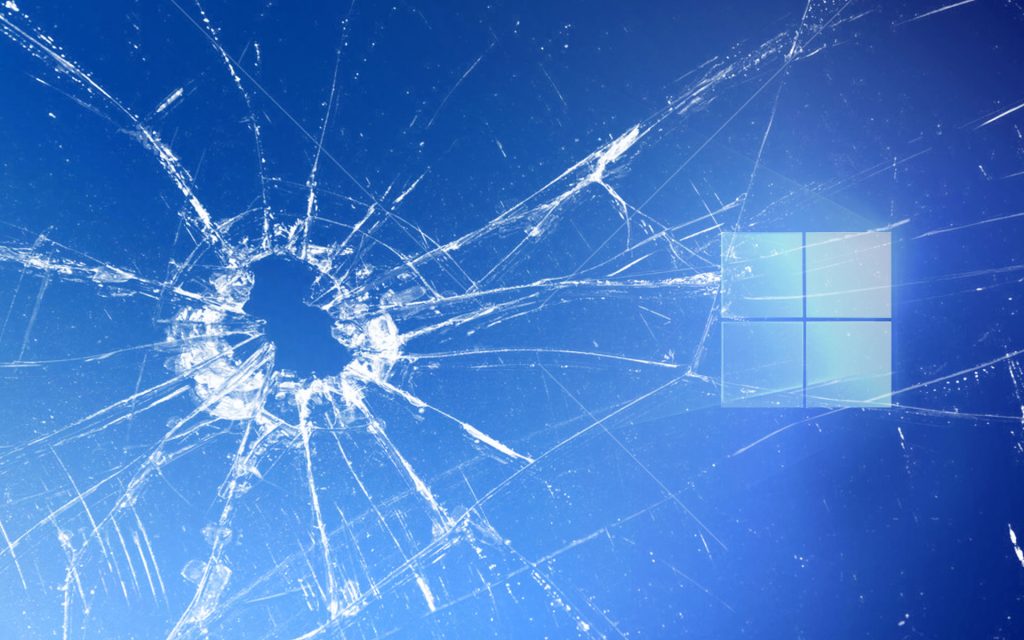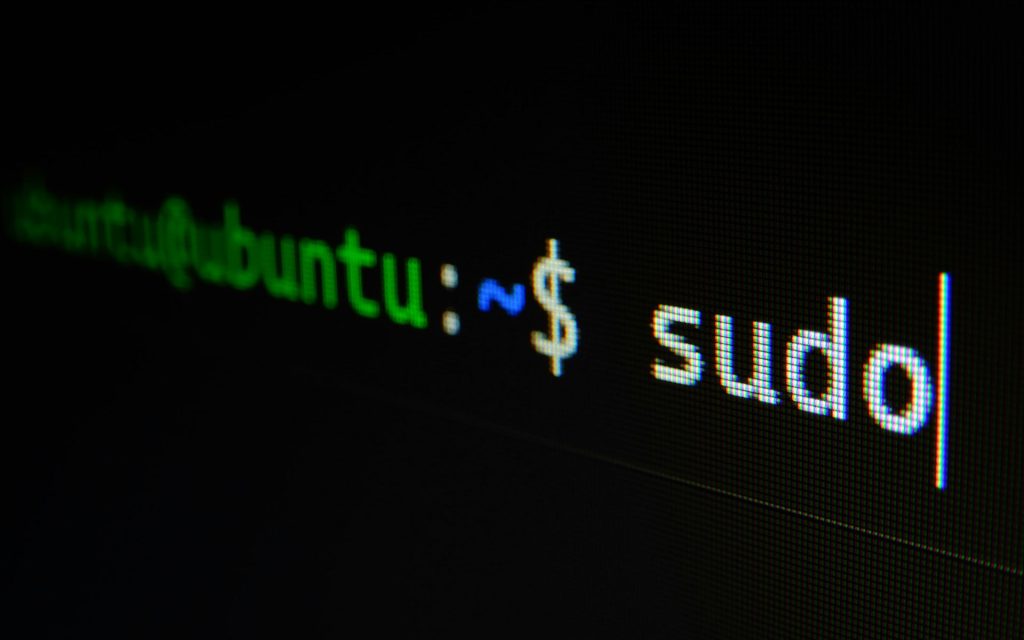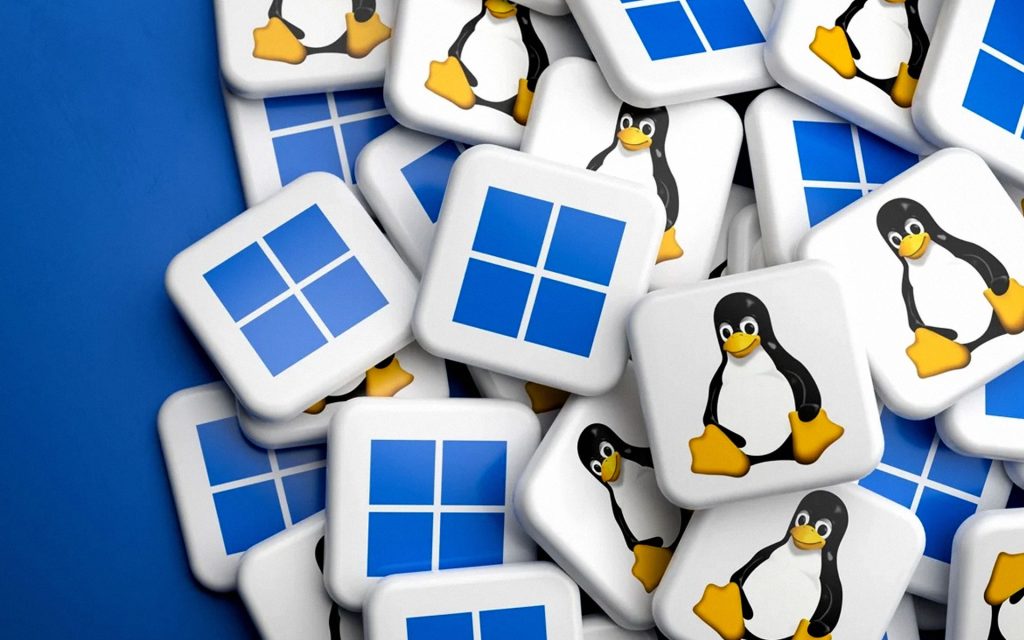Windows 10 retiring is a great opportunity for Linux – and it’s being wasted
Does the best operating system for older computers actually want to be an option for hundreds of millions of consumers?
KOSTAS FARKONAS
PublishED: October 23, 2025

It finally happened, then: Windows 10 – still the second most popular version of Microsoft’s operating systems around the world – is not officially supported anymore, meaning that hundreds of millions of consumers are now using a computer that will be increasingly exposed to all kinds of system-crippling or data-destroying malicious software. Everyone knew that this was a ticking bomb for years, but it happened anyway despite the fact that Windows 11, the successor of Windows 10, managed to surpass it in terms of market share just a few short months ago. It’s the Windows 7 situation all over again, only worse… but that’s Microsoft for you.
Millions of people are now looking for alternatives to Windows 10 as a result, since they either (a) do not want to use Windows 11 or (b) they cannot and/or don’t want to buy a new Windows 11 PC. This is frustrating as a lot of these PCs are more than capable of handling Windows 11, but Microsoft’s specific security-related hardware requirements are making this (almost) impossible. Yes, there are various workarounds or hacks on the Web that beg to differ, but they can only be recommended to people with the technical background to understand what they’re getting into when installing Windows 11 on unsupported hardware.
Millions of Windows 10 users are not officially supported by Microsoft anymore but do not want to use Windows 11 either.
This is late 2025, though: owners of said PCs are not obliged to either use a version of Windows they do not like or use an unsupported one. There are other options out there, some affordable (entry-level MacBooks or Mac Minis cost under $800 if one prefers to use macOS), some expensive or quite expensive (all other Macs), some totally free, like the option of using the same PC with any Linux distribution. Because, yes, about 400 million consumers can keep using their now-unsupported Windows 10 computers without paying a dime, by just installing an operating system that’s available to everyone at no cost. That would be Linux.
The problem: not only is Linux not ready for that right now, it might not care enough to ever be. Here’s why.
No easy way for mainstream Windows 10 users to migrate
One would have thought that, with the Windows 10 end-of-life date so widely reported, there’d be any number of ways – both free and commercial – to make the Linux jump. One would, sadly, be wrong: not only are there not many such options, but two major obstacles currently make this migration exceedingly difficult.

The first problem mainstream Windows 10 users will face if they do consider switching to Linux: there is no immediately obvious point of entry. If one explains to them – like yours truly has done in the past to friends or colleagues – the benefits of migrating to Linux and some of them actually consider doing that, they are bound to get into the same old confusing situation all us techies did, at some point or another, during the last two decades or so. You know the one: too many different distributions, too many different user interface styles, not a clear “default” choice even for experienced computer users (let alone mainstream consumers).
Encouraging long-time Windows users to choose “the right Linux distro for them” based on “their needs and expectations” is a sure way to lose so many of them right there. Few had to consider or evaluate their particular needs when it comes to an OS in the past and even fewer will do the research necessary to make a conscious decision. They may watch a couple of YouTube videos or ask ChatGPT for a quick answer… but, at the end of the day, that minority of Windows users actually prepared to switch will just go for the Linux distro someone they trust will recommend. If there’s no such person in their life, most of them just won’t make the jump.
There is no easy way for mainstream Windows 10 users to make the jump to Linux right now.
Linux fans will probably shout in protest about this, as the very nature of open source software – especially one developed by a whole community of people from all around the world – means that there are no individuals, teams or companies “responsible” for it, so there’s no “official” version of Linux to switch to.
At the same time, though, this basically means that the Linux operating system – being a nebulous concept, decidedly different to a commercial brand and product – won’t become an actual OS alternative and a true choice for the majority of consumers out there anytime soon. Those people will end up either sticking to what they know despite its many drawbacks (like Windows) or switching to something they at least recognize (like macOS).
Mainstream Windows 10 users who do decide to make the Linux jump, though, will have to face a second problem: the whole process is one they probably aren’t familiar with. In order to install any distribution, one has to download an ISO file, create a bootable USB drive off of that using Rufus, backup his/her data (there’s so much that can go wrong even in dual-boot scenarios), reboot the PC in question and enter the BIOS, change the order of booting devices so that the USB drive is prioritized, reboot and then begin the installation process.

Long story short: there’s no straightforward way to install Linux the way Windows users are accustomed to installing programs – that is, via running an executable file – plus, there’s no easy way to do that from within Windows. The process of making a bootable USB drive is not rocket science (it’s easy to find step-by-step guides for that in written or video form nowadays), but… here’s the thing: most mainstream Windows 10 users in need of those guides will probably not use them at all. Even the mere thought of learning a number of new things in order to leave Windows for something unknown can be discouraging all by itself.
Experienced computer users know there’s a technical reason why Linux is not easily installable from within Windows 10/11: Microsoft made it tricky for other operating systems to modify the bootblock of a system drive where Windows are present and even harder to do that while the Windows OS is running. It’s not impossible: the Ubuntu, Deepin and Zorin distributions of Linux once offered such functionality based on the famous Wubi interface. It was not perfect, but it worked well enough and it could have been shaped into something of a universal tool for Windows-to-Linux migrations. Instead of that, it was abandoned and eventually deprecated… so pretty much all modern Linux distributions are installed using USB drives nowadays.
So what are the choices available to tech-savvy Windows 10 users?
People who use a Windows 10-based PC and have no problem making a Linux installation USB stick to initiate a boot from are in luck: they can migrate to any modern Linux distribution they like among dozens available – and even keep Windows 10 around e.g. just for PC gaming – by going for a dual-boot configuration. Yours truly did just that on several machines with several different Linux distros since June without major issues.

Windows 10 users possessing a fair amount of technical knowledge can also use most Linux distributions on a virtual machine, assign most system resources to that and use it for day-to-day computing – but they’d obviously keep running Windows. They can also install certain Linux distributions directly through the Windows Subsystem for Linux and use that instead (but they’d still keep running Windows too). Yours truly tried both of these approaches and they do work, but they obviously won’t perform as well as proper Linux systems normally would, especially on older PCs with less than 4-8 GB of RAM (Windows 10 keeps a lot of resources to itself).
Even if one does leave Windows 10 behind for a modern Linux distribution, though, he/she will quickly find out that – despite the amazing progress made in terms of user friendliness compared to the early 90s and 2000s – it’s still not all roses by any stretch of the imagination. There’s a learning curve involved (many things just don’t work in Linux the same way they work in Windows), a lot of popular apps do not offer a Linux version (things are improving but there’s still some way to go) and there are numerous limitations when it comes to PC gaming (many popular multiplayer titles are not supported due to anti-cheat systems and most compatibility layers do not work flawlessly with a number of modern PC games).
Even experienced computer users who make the jump from Windows 10 to Linux will find it’s not a walk in the park.
Gaming aside – a specific use case not all Windows 10 users are interested in – most of the things mainstream consumers do with a typical PC are perfectly doable in Linux today. But the nature of this operating system itself means that consumers have to learn or re-learn a lot in order to fully configure and maintain a Linux-based PC and its apps. That’s not a bad thing necessarily (learning new stuff never is) but it’s also not what most Windows 10 users actually want. What they’d like to have is a familiar user interface, an easy way to update their system and apps, effective online safety and high compatibility with their favorite programs or games.
There’s not a single “traditional” free Linux distribution that checks all those boxes. There are some that strive to mimic the Windows user interface – AnduinOS and Winux stand out – but using them for a bit makes a simple fact painfully obvious: they either can’t hide their Linux origins (one has to use the terminal before long) or they are not truly free (if most of their best features are reserved for the “Pro” version).
At that point, one might as well go for one of several free different Linux-based operating systems instead – such as Zorin OS or Elementary OS or Pop!_OS or Linux Mint – which are decidedly less Windows-like but more well-rounded and better-supported in the long run.
A unique opportunity that would be a shame to squander
When all is said and done, Linux today sadly seems to be content with just being Linux: an operating system that would be a great, even the absolute best alternative to Windows and macOS, if only it concerned itself with making the onboarding process easy for all consumers, not just techies. Anyone following the open source scene for long knows there’s even a small percentage of people within that community that actually likes Linux being that way – that is, not “for the noobs” – which is as childish and short-sighted as it sounds.

Linux happens to be the only operating system capable of saving millions of legacy PCs about to become a massive e-waste problem, too. See, many Windows 10 machines are actually Windows 8 or even Windows 7 machines that got upgraded for free. We’re talking about 10-, 12-, 15-year-old PCs here, potentially valuable to people with modest needs, perfect for specific low-key roles around a home or a small business, that are being practically decommissioned just because they can’t go online safely now.
A free, extremely easy to install Linux distribution would help so many of these PCs remain useful to so many people. Hell, even a commercial distro specifically designed to facilitate the migration from Windows 10 to Linux would be welcome right now. Want to make a business case for it? Imagine, then, a Linux distribution in the form of a single Setup.exe file run from within Windows, intelligently backing up user data to be restored later, getting people through the setup process step-by-step, offering the same user interface and directly equivalent system apps as Windows 10, incorporating a curated app store by default, selling for $5 or $10 online.
Make the asterisks and limitations known from the start (along with the kind of support you’ll be offering), leave the full Linux kernel and OS layer accessible underneath (nobody would mind) but, crucially, make this transition from Windows 10 to a new OS as smooth and foolproof as humanly possible… et voila. You have something that many people would gladly pay a small amount of money for, just to be safe online.
A Linux distribution specifically designed to help Windows 10 users leave Microsoft’s OS behind would be of great interest to many consumers.
How many such people, you ask? Well, even if only ten out of a thousand Windows 10 users were interested – a pessimistically small percentage, but let’s go with that to make a point – then there’d be no less than 4.000.000 customers willing to buy this instantly accessible, digitally distributable product. Even at $5 a pop, that’s twenty million dollars right there – hardly pocket change in this economy.
Wouldn’t even half of that money be worth the time and effort of a talented group of UX/UI designers and library/runtime developers? Not even if it would help out four million consumers? Sure it would. But it probably never occurred to enough people within the Linux community to give so many potential customers a way out from what is now a constantly infuriating, totally untrustworthy Windows ecosystem.
It’s a sad state of affairs because this really could be an once-in-a-decade opportunity for Linux to significantly grow its user base and claim its rightful place amongst the best computer operating systems available today. With so many people looking for an alternative to Windows right now, it’s a shame that Linux does not seem all that eager to step up and deliver. Here’s hope that over the next 12 months – during which some Windows 10 users will be receiving security updates before being left out in the cold for good – that changes.





















